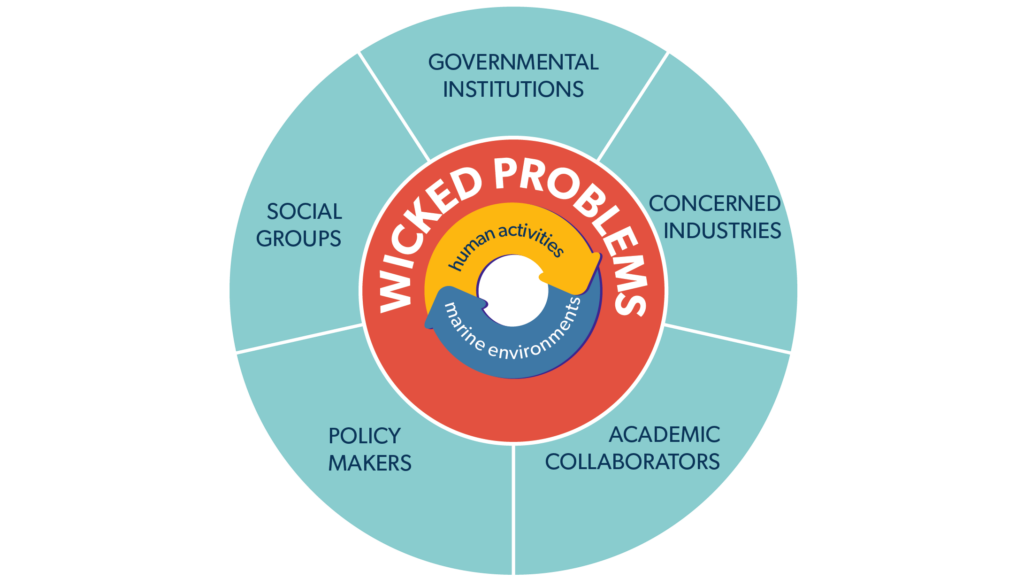Definition of ´Living Lab`:
“Living Lab” is essentially a (research) concept that is often defined as a user-centered, open-innovation ecosystem that integrates concurrent research and innovation processes within a public-private-people partnership (4Ps).
The concept of a Living Laboratory is credited to William J. Mitchell, Kent Larson, and Alex Pentland at the Massachusetts Institute of Technology, who first explored it. Leminen (2015) discuss the concept and definition of a Living Lab in its current form, and describe it as “physical regions or virtual realities, or interaction spaces, in which stakeholders’ form public-private-people partnerships (4Ps) of companies, public agencies, universities, users, and other stakeholders, all collaborating for creation, prototyping, validating, and testing of new technologies, services, products, and systems in real-life contexts”.
A Living Lab involves four main activities (source: www.openlivinglabs.eu):
- Co-Creation: co-design by users and producers.
- Exploration: discovering emerging usages, behaviours and market opportunities.
- Experimentation: implementing live scenarios within communities of users.
- Evaluation: assessment of concepts, products and services according to socio-ergonomic, socio-cognitive and socio-economic criteria.
The benefits that Living Labs offer to its partners are plenty, for examples: solutions to real-world problems that might otherwise have been unsolvable, cost-efficient access to data and experiences, influence over processes, and linkage between stakeholders (end users, companies, data providers, researchers etc.)

References:
Leminen S. (2015) Q&A What are Living Labs? Technology Innovation Management Review, Vol 5: 29-35.
Open Living Labs EU: https://enoll.org/about-us/